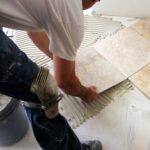A guide from home improvement expert Don Vandervort on finding the right fixer-upper
Though the movie is hilarious at times, the reality of getting in over your head is more tragedy than comedy.
Broadly speaking, a totally “together” house is more expensive than a fixer upper and offers less opportunity for growing its value—that’s why first-time homebuyers frequently opt for a fixer upper. A new coat of paint and other curb appeal improvements almost always jack-up the price for the buyer. Getting a great deal often means buying a house that needs TLC. The challenge is to find a house that is fundamentally sound but can be affordably improved in ways that increase its value, beauty and comfort.

A house with major structural problems, substandard wiring, poor plumbing, ineffective heating, drainage issues, or toxins such as asbestos or black mold could become your money pit.
Before buying any house, you should hire a qualified home inspector to scrutinize it and give you a thorough report. But before you make an offer and spend several hundred dollars for a home inspector, here are a few things you can check yourself to determine whether a fixer upper is worth the price of admission.
The House’s Structure
Most importantly, the house should stand on a sturdy foundation: a steel-reinforced concrete perimeter foundation wall and footing.
The house’s structure should be straight, square, and solid. When you view the house from a distance, it should stand straight, and not lean or bulge in places. When you site down exterior walls, they should appear straight and plumb.
Floors should be flat, level and strong. Uneven or non-level floors—and doors that don’t swing right or fit properly in jambs—often indicate settling or other structural problems. When you gently jump up and down at the center of a large room, the floor shouldn’t feel springy. If it does, the floor joists may need additional support.
Cracks
Big cracks are red flags. Large, V-shaped cracks in the foundation are often serious signs of structural issues that may require expensive foundation work. Interior walls with diagonal or clean, jagged cracks can be signs of movement or settling caused by unstable soil or drainage issues, which can be difficult to solve.
Don’t worry about minor wall cracks at the corners above windows and doors and vertical cracks in line with wall studs —you can usually just fill and paint these.
Drainage
Gutters and downspouts should effectively carry water away from the house, and the lot should be graded to direct runoff away from the foundation. Otherwise, the house could have damage from poor drainage. If the house has had drainage problems in the past, it will probably have them in the future unless the underlying causes have been handled. If it has a basement or crawlspace, look for signs of flooding, such as moisture or water marks on the foundation walls.
Where signs of moisture exist, mold can grow. Some types of mold are harmless and easily removed, while others may require expensive abatement. Professional inspection is needed for mold.
Plumbing
Explore whether the house is plumbed completely with copper water supply pipes. Old steel pipes become constricted with deposits, decreasing water pressure and flow.
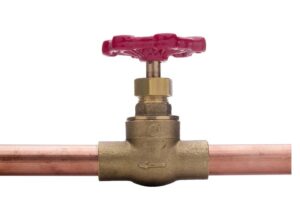
If the house appears to be piped with steel pipes and you can’t see new copper pipes under the floors or in the attic, you can run a test in the bathroom furthest from the water heater. Turn on the bathtub spout full-force, and then turn on the bathroom sink faucets and flush the toilet. If the bathtub spout’s flow slows considerably, the house may need to be re-piped.
Electrical System
Determine whether the house has an old, undersized main electrical service panel. Updating to a new service panel that can handle modern electrical needs typically costs $3000 or more.

If the main electrical circuit breaker or fuse box panel has a capacity of less than 100 amps, it is undersized for a typical family. Also, the house should have 220-volt service. If there are three main wires going from the utility company’s pole to the electrical “mast” on the house that serves the electrical panel, the house probably has 220-volt service. Only two wires entering the mast indicate a 110-volt service. You can also look in the kitchen, laundry room, or garage for 220-volt electrical receptacles meant for large appliances such as an electric oven or clothes dryer.
Heating & Cooling
Check out the age and type of the heating system and whether all of the rooms are heated. If the heating system is severely out of date, replacing it will cost several thousand dollars. If you plan to install AC, it would be best to do this when you replace the furnace.

Check the attic and walls for insulation. Installing more insulation in an attic isn’t normally a big job, but insulating existing walls can be pricey. To see whether exterior walls are insulated, you can remove an electrical outlet cover and look next to the electrical box (be careful not to touch any bare wires or the outlet’s electrical terminals.)
The Roof
You can often tell if a roof leaks by checking the ceiling and the attic for water stains. Most roof repairs are inexpensive, but replacing a roof can be costly. So try to discern whether the roof will last for several years. If necessary, you can use a pair of binoculars to inspect the roof from the ground.
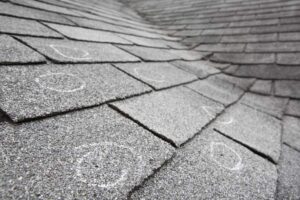
Asphalt fiberglass (composition) roofing is by far the most common type. When it becomes brittle and the shingles lose their mineral crystals from the surface, the roofing needs to be replaced.
Wood shingles and shakes are over-the-hill when they’re badly cupped or missing altogether. In fire-prone areas, most wood roofing is not fire safe.
Other materials, such as tile, concrete tile, slate and fiber-cement last a long time. If the roof is covered with one of these, it’s probably okay.
The Architecture
Last but not least, it really helps if the house has “good bones”—in other words, a general layout and architectural appearance that make sense. If it has elements of a recognizable style—such as Craftsman or Cottage—that’s even better. Symmetry, balance and other elements of design can be the building blocks for creating a home that is really special.
This article, written by HomeTips’ Don Vandervort, was originally published by USNews.com



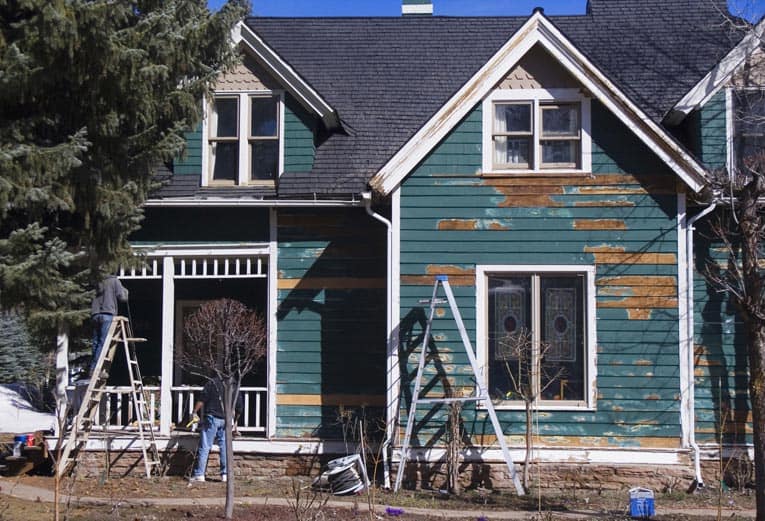
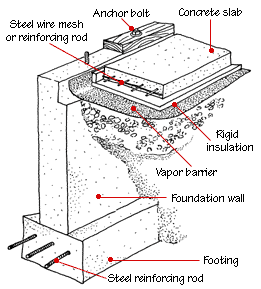
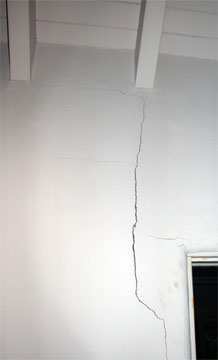
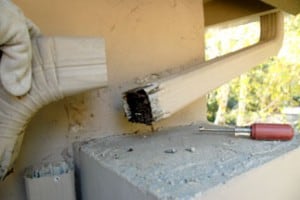
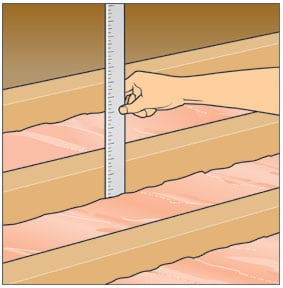




 Don Vandervort writes or edits every article at HomeTips. Don has:
Don Vandervort writes or edits every article at HomeTips. Don has:
